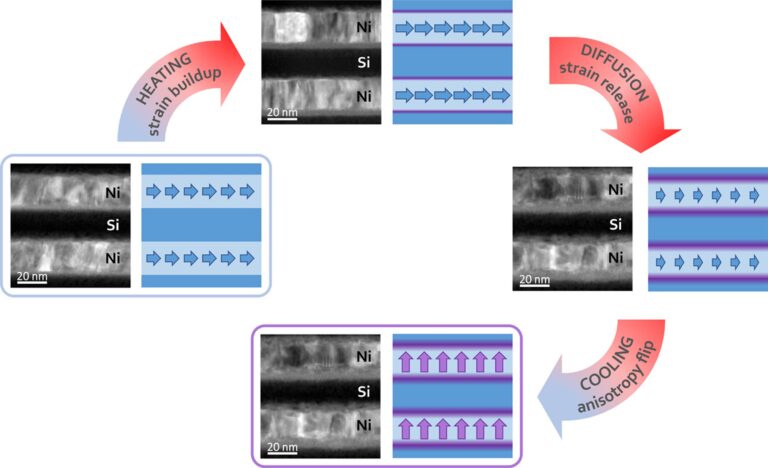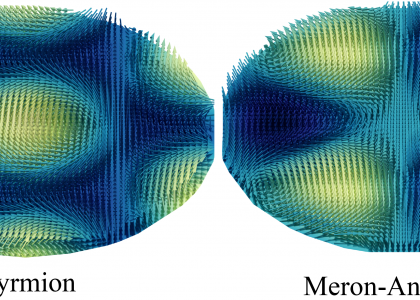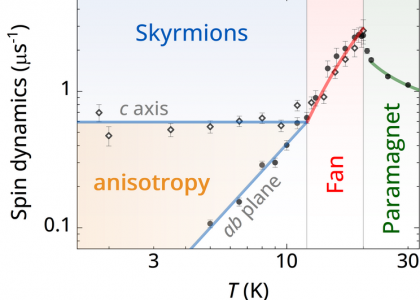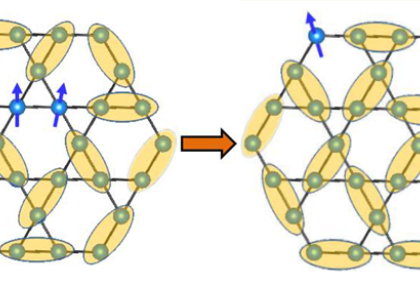Perpendicular magnetic anisotropy in multilayers arising from the interplay of thermal strains and diffusion-driven plastic deformation
Acta Materialia 279, 120320 (2024)
Anton Hromov, Andrej Zorko and Matej Pregelj, together with colleagues from the Department for Thin Films and Surfaces F3 and colleagues from Serbia, published an article on perpendicular magnetic anisotropy (PMA) in multilayers. Magnetic films with PMA are the basis for efficient data storage and future spintronic devices. PMA originates mainly from surface effects at the interface between two layers and decreases rapidly with increasing layer thickness. Consequently, the individual layers in such films, with a large number of alternating magnetic and non-magnetic layers, are typically less than a nanometer thin. Using ferromagnetic resonance measurements, the group showed that strong PMA can also be achieved in multilayer Si/Ni films with a thickness of individual layers more than 10 nm. The key mechanisms are thermally imposed stress, plastic deformation, and diffusion, which impose PMA via magnetoelastic coupling. Such a process paves the way for the production of PMA films, which avoids the complex and expensive production of atomically thin multilayer films.





